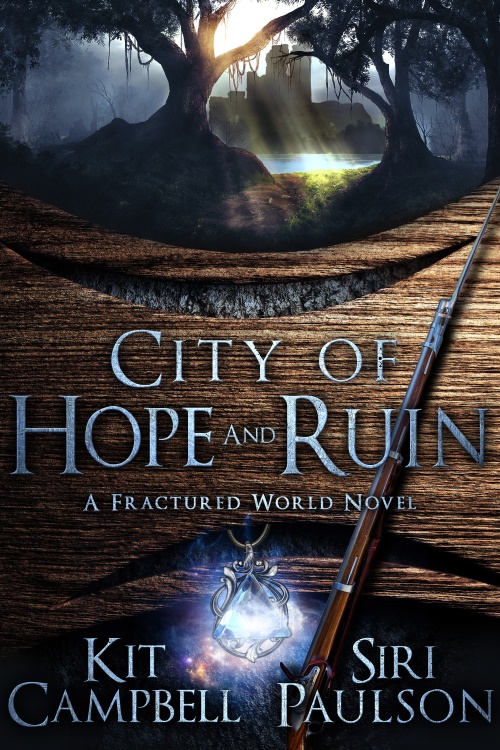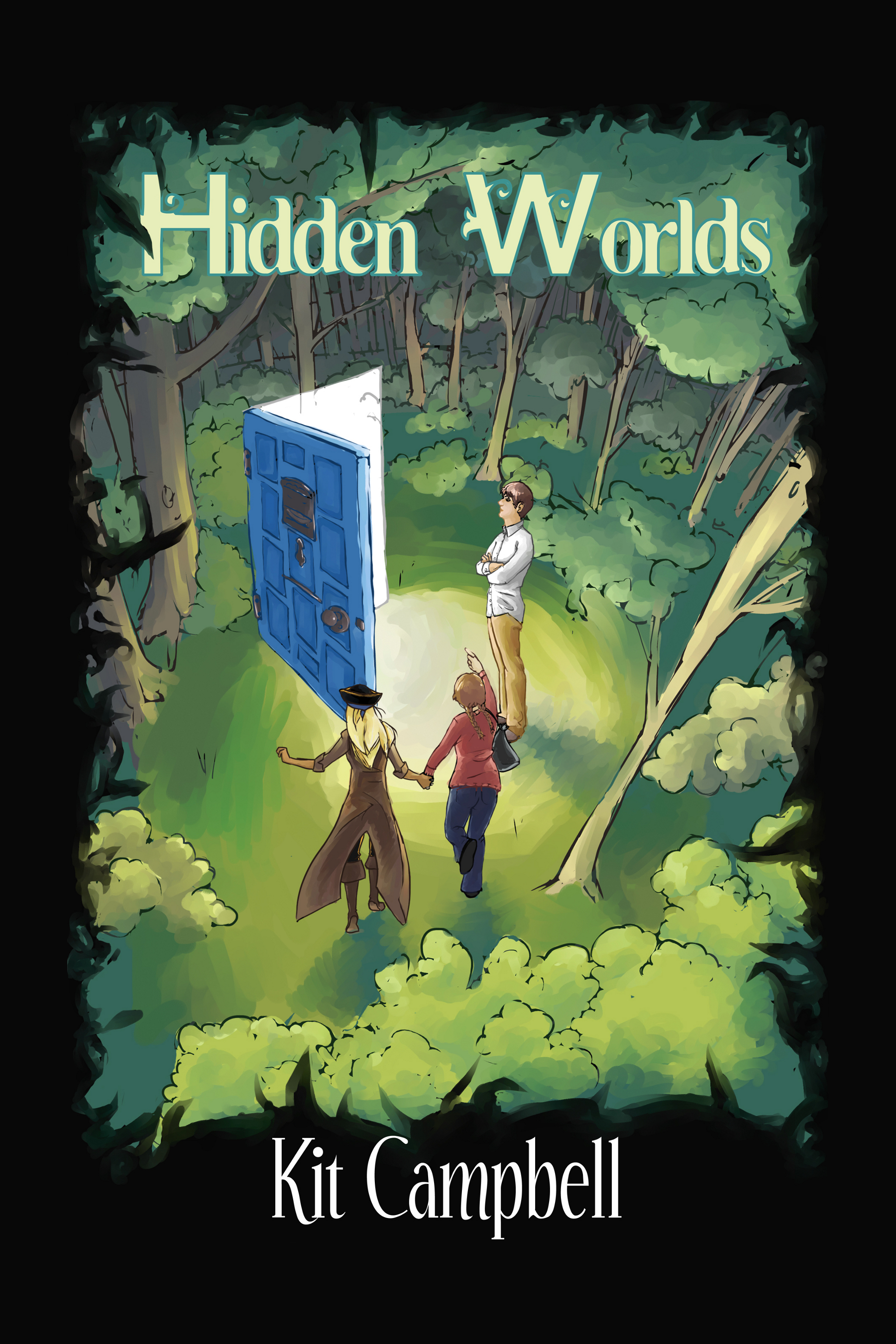Happy Friday, squiders! Today we’re going to continue on with our series on common writing mistakes. We’re still in our first section, which is basic grammar/bad writing issues.
Today, we’re going to discuss speech tags. Just to be absolutely clear, speech tags in and of themselves are not a bad thing. You need them in many cases so it’s clear to your reader who’s talking. The problem is that people tend to feel they need to be “creative” with their speech tags, which can lead to issues.
A speech tag is a word to indicate someone is talking, such as “said,” “asked,” or “replied.”
Issue #1: Improbability
The first rule of speech tags is that they have to be something you can do with your mouth. In most cases, you do not speak with your hands, your head, your body, etc. Some of this is a punctuation problem. For example, you do not need a speech tag if the speaking character immediately does another action, but the two sentences cannot be connected.
WRONG: “It’s this way,” he gestured to the right.
RIGHT: “It’s this way.” He gestured to the right.
The second rule of speech tags that it has to be a sound you can make while talking. People often use words like “laughed” or “snorted” as a speech tag. However, people cannot easily laugh and talk in the same breath. People laugh, then talk, or they talk, then laugh. They can try to talk while laughing, but that’s something else altogether.
Issue #2: Distracting Modifiers
This is somewhat related to the filler/crutch words we discussed last week. This is something a lot of beginning authors do before they’ve figured out how to better express what their characters are trying to say, either through a stronger speech tag, the dialogue itself, or by replacing the speech tag with an action. Often, these take the form of an adverb.
Here’s an example: “That’s terrible,” she said sadly.
It’s not the worst sentence known to man, but there are stronger ways to show that the character is sad. Her shoulders could droop. She might look like she’s going to cry. Her voice could be shaky or waver.
Another example: “I hate you!” he said loudly.
Here you could use a better speech tag, such as “yell” or “scream.” You could also have the character do something, such as stomp away or ball his hands into fists.
Issue #3: Too Much Variety
You occasionally come across writing advice that says something along the lines of “Don’t use boring ol’ ‘said’! Here’s 500 other words you can use instead!”
Noooooo. No. Don’t do this. This sort of advice seems to inspire people to use the strangest and “most creative” speech tags they can think of, and to make sure they never repeat one. That’s not the point of the advice. It actually ties into issue #2, where you’re using too many adverbs as modifiers. Sometimes it is better to have someone beg or imply or protest. It’s truer to what you’re trying to convey.
But it is not an excuse to have someone bellow and your next character gloat and the one after that respond and the one after that whisper. The point is not to use a word that may not properly describe what you want just because it’s creative and special. That’s distracting to your reader and obnoxious. The point is to make sure you’re being precise.
And in most cases, you should use said. Most people just say things in most situations. And the nice thing about said is that it disappears into the narrative, so all readers take from “Barney said” is that Barney is the one currently talking.
This advice is also trying to avoid the “Bob said, Julie said, Linda said” issue, which we’ll address in issue #4.
Issue #4: Talking Heads
Have you ever seen a conversation like this?
“Look, I’m not okay with this,” Linda said.
“Do you think I care?” said Bob.
“Well, you should,” Linda said.
“I don’t care either,” said Julie.
“You stay out of this,” Linda said.
Man, all those saids are a mess, aren’t they? Let’s see if this is any better.
“Look, I’m not okay with this,” Linda yelled.
“Do you think I care?” snorted Bob.
“Well, you should,” Linda sniffled.
“I don’t care either,” inserted Julie.
“You stay out of this,” Linda snarled.
It’s not. Unfortunately, that’s what too many people do with the advice from Issue #3, when the problem is actually that what you’ve got a classic example of talking heads.
Talking heads is when your characters are just standing around, apparently doing nothing but talking. It’s boring, and it’s unrealistic. People don’t stand around and do nothing while talking. They fidget. They take sips of their drinks. They move around.
“Look, I’m not okay with this.” Linda stood, her chair tipping.
“Do you think I care?” Bob didn’t bother to look up from the letter he was writing.
“Well, you should.” Linda stalked over to the window, folding her arms across her chest.
“I don’t care either,” said Julie, sitting up straighter.
“You stay out of this.” Linda looked away from the rain just long enough to glare at the younger woman.
That’s not an amazing example, but it’s getting better. It’s fine to have a couple lines of dialogue where the characters don’t do anything else, but beyond that it gets boring. It can also help to help internal thoughts or feelings mixed in, depending on what your point of view is.
Well, squiders, did I leave anything out? Other issues with speech tags that you’ve noticed?



